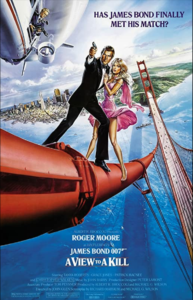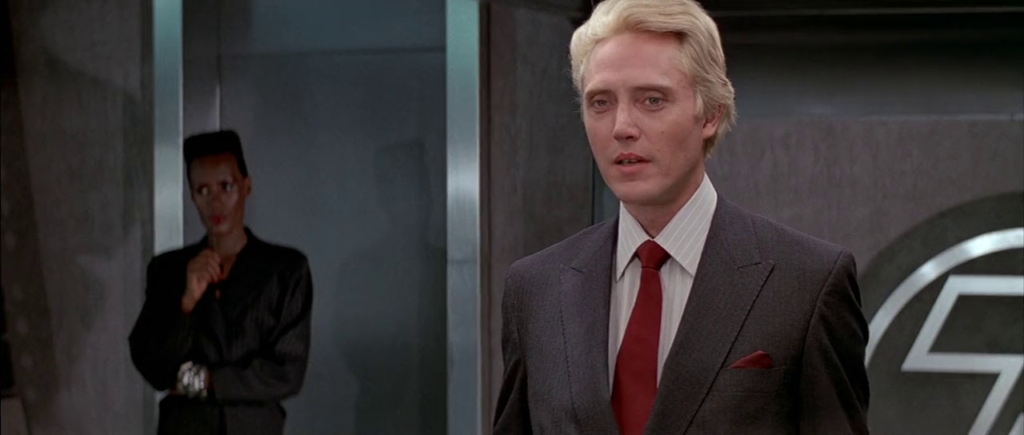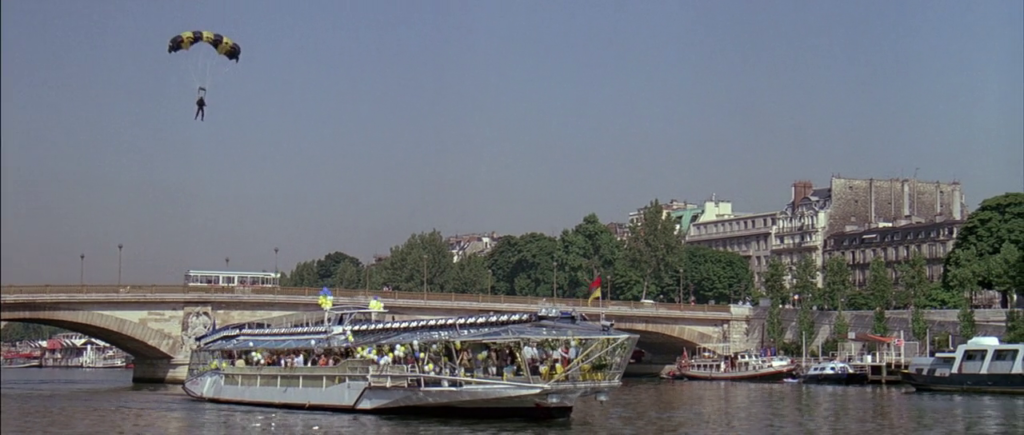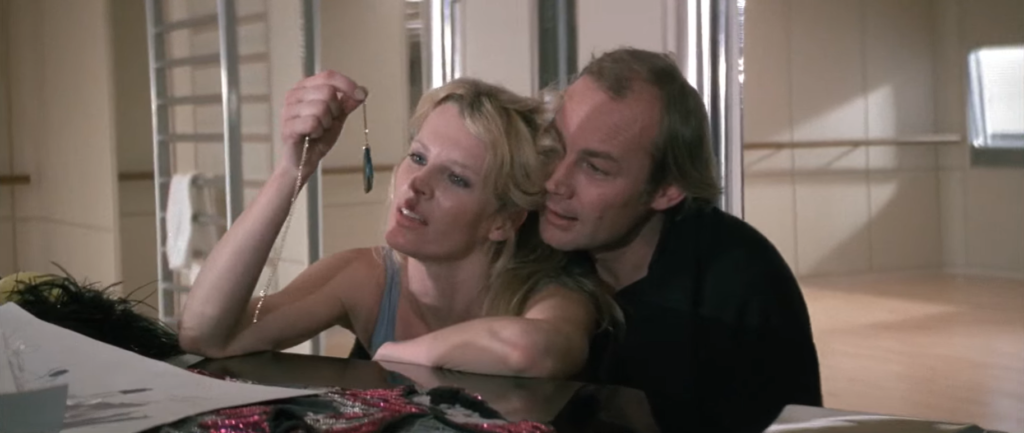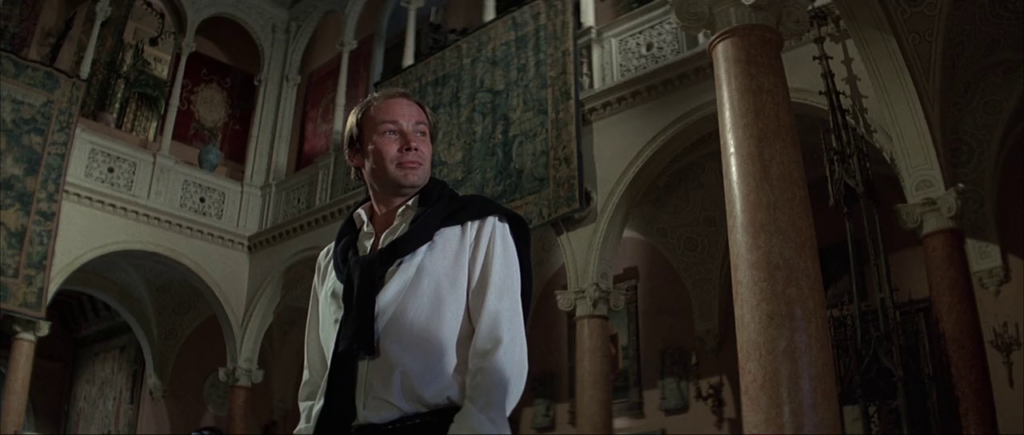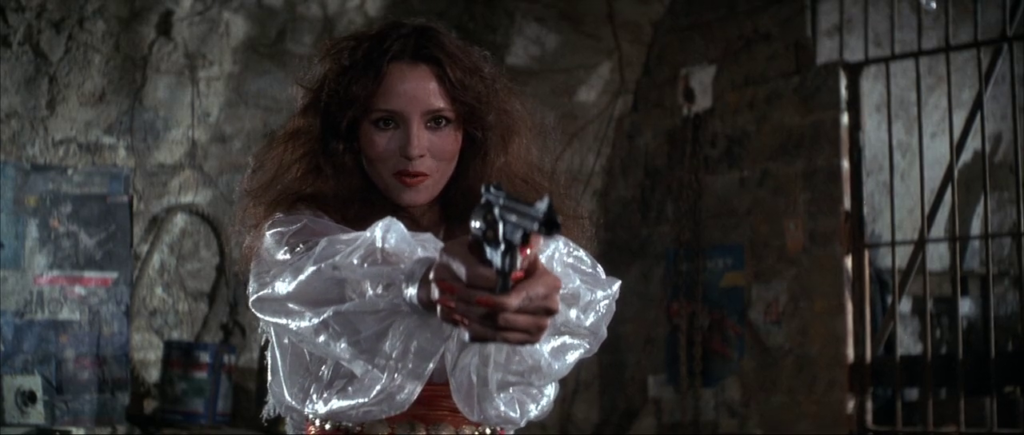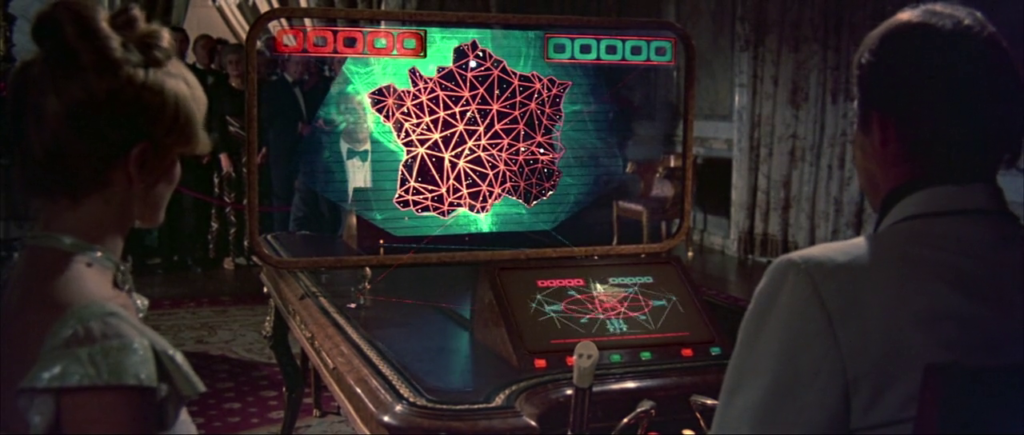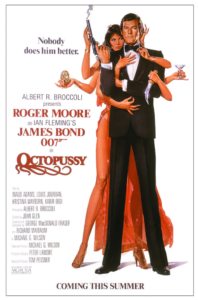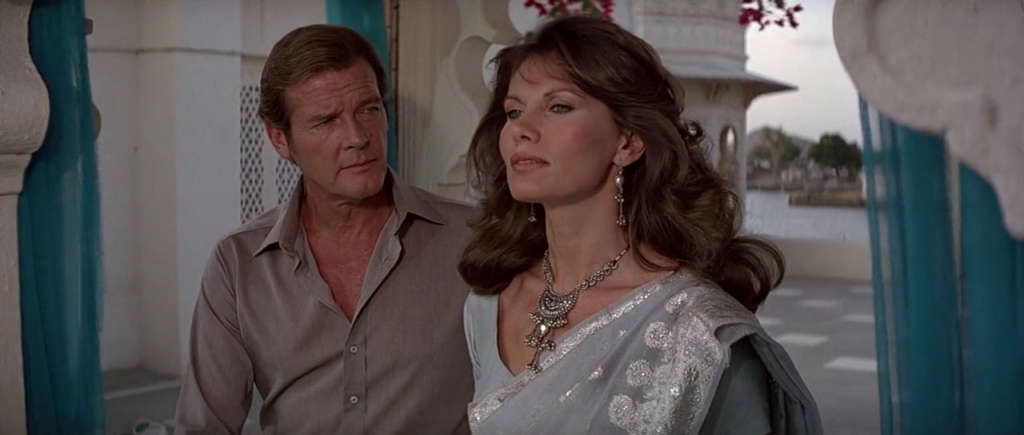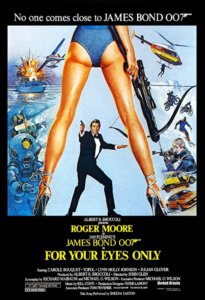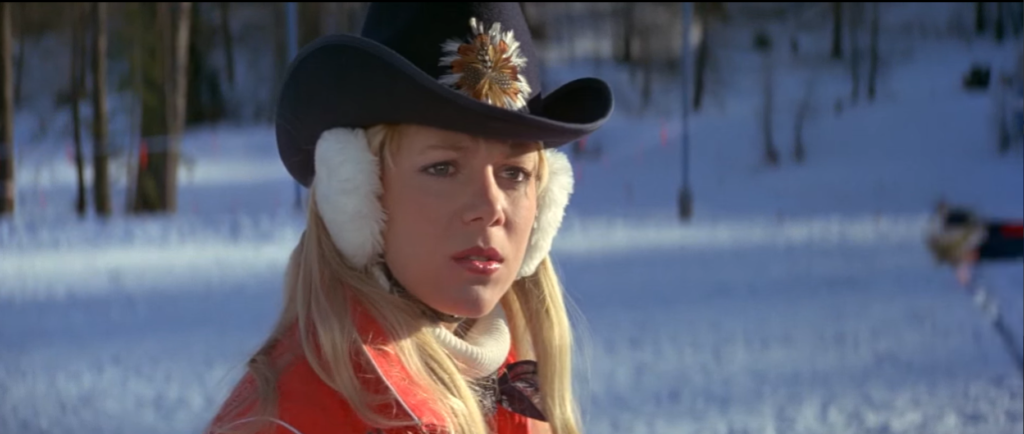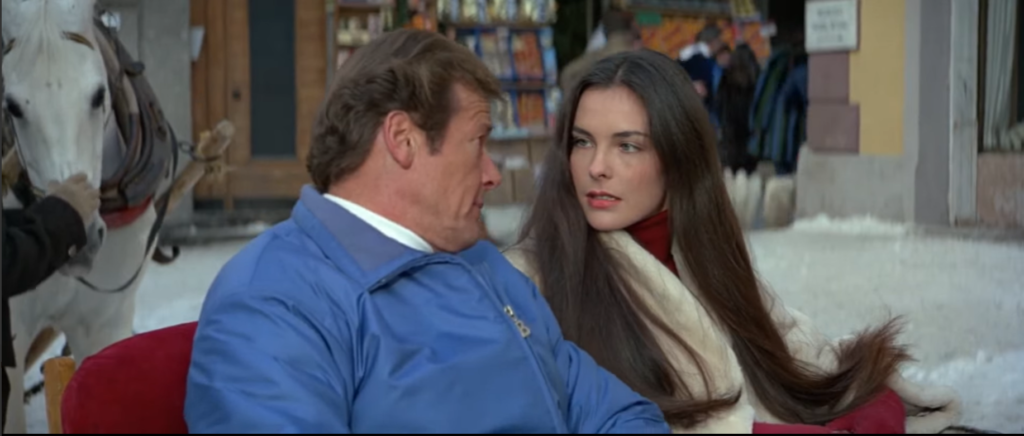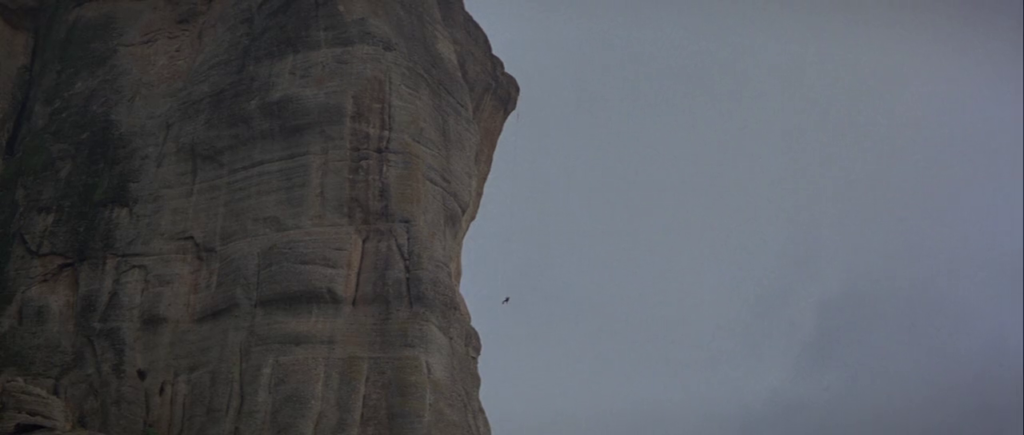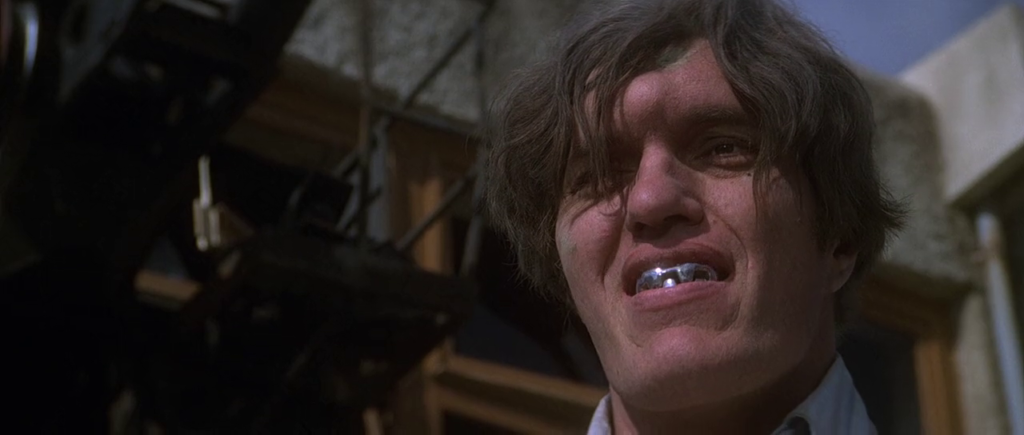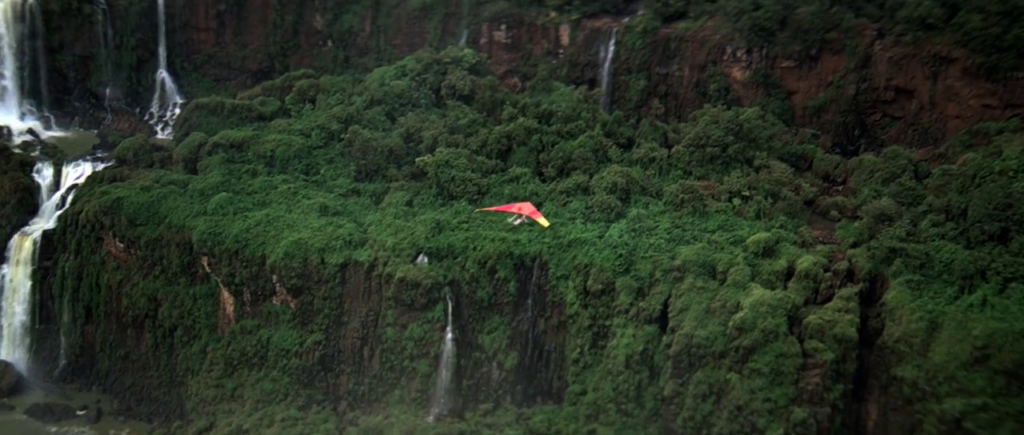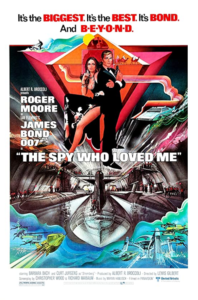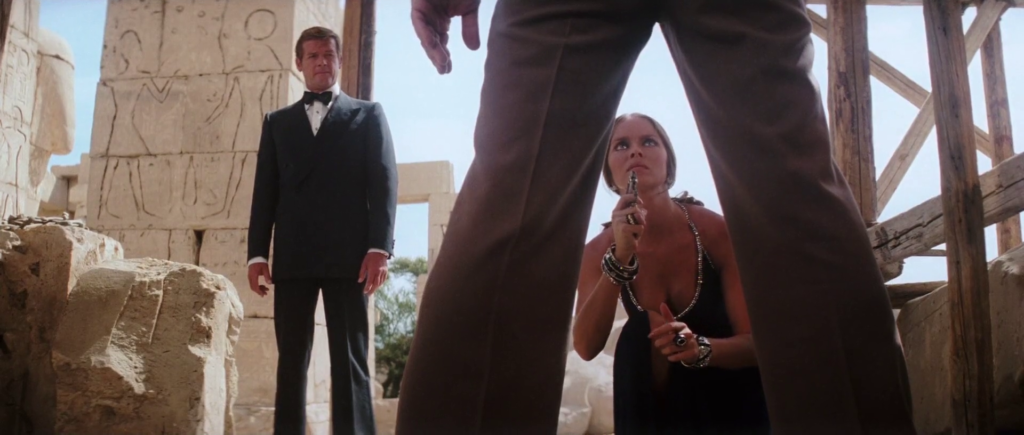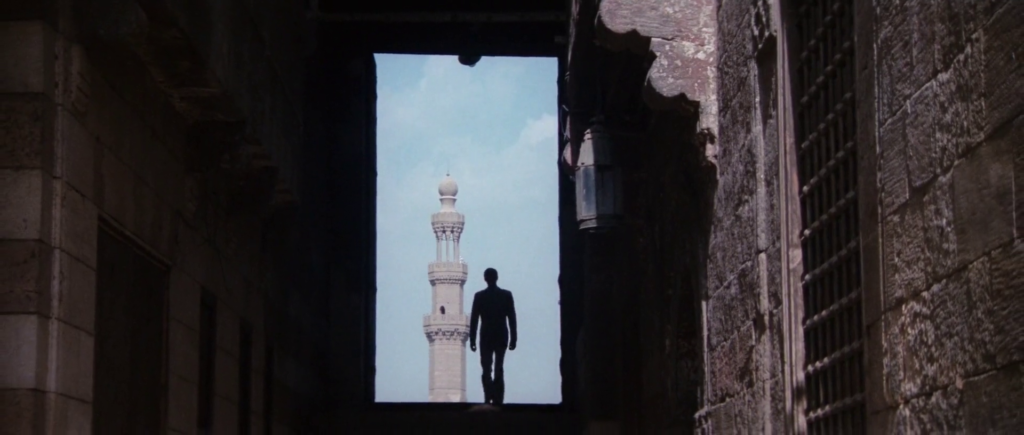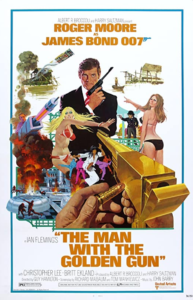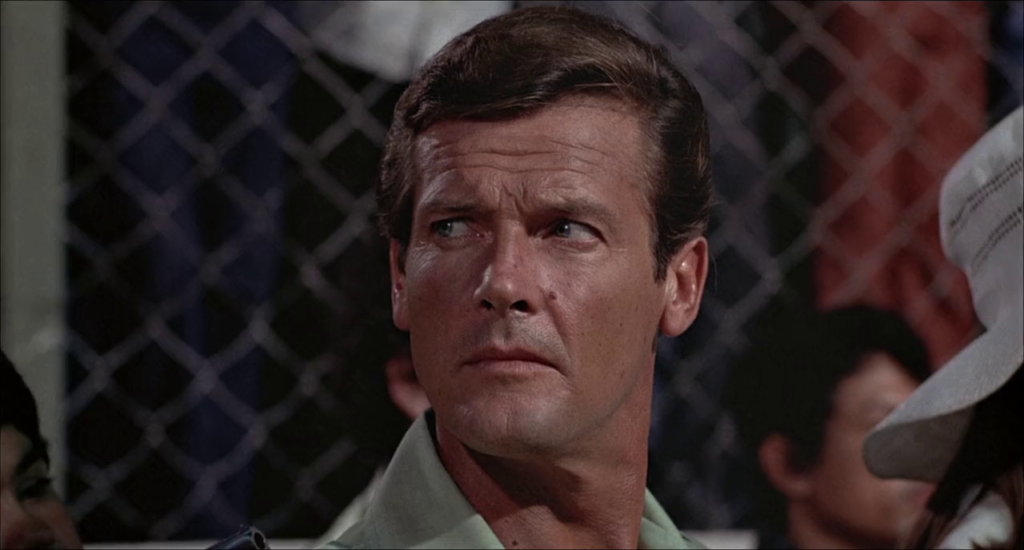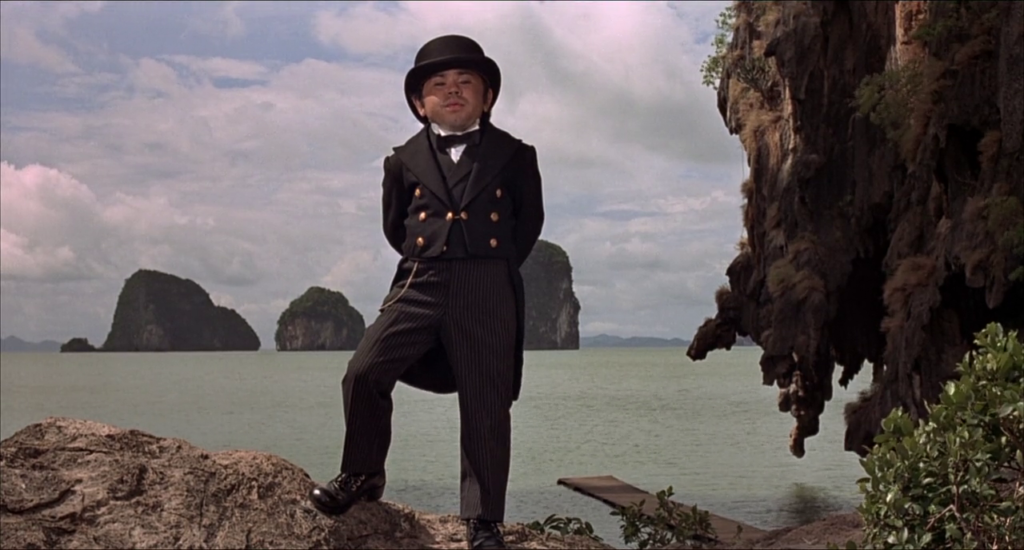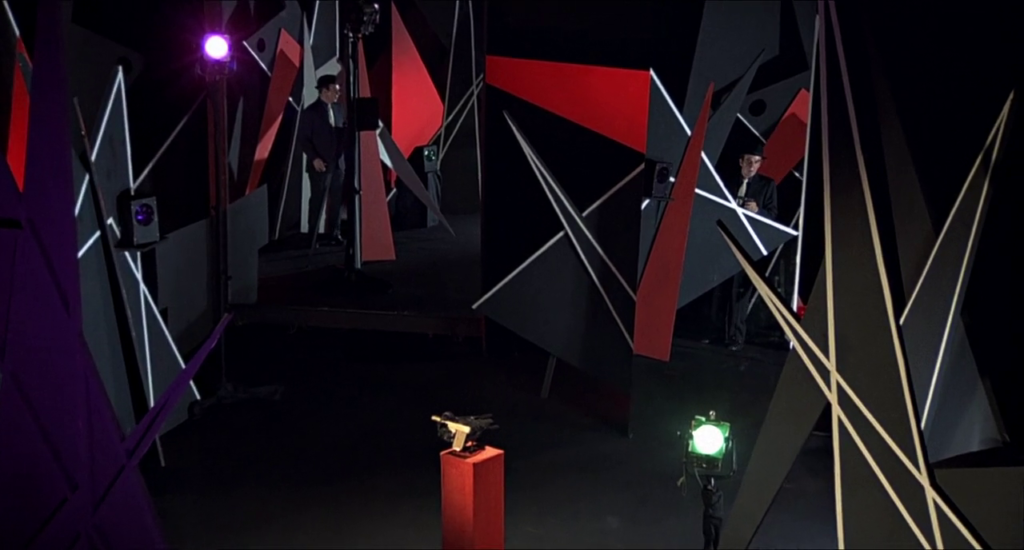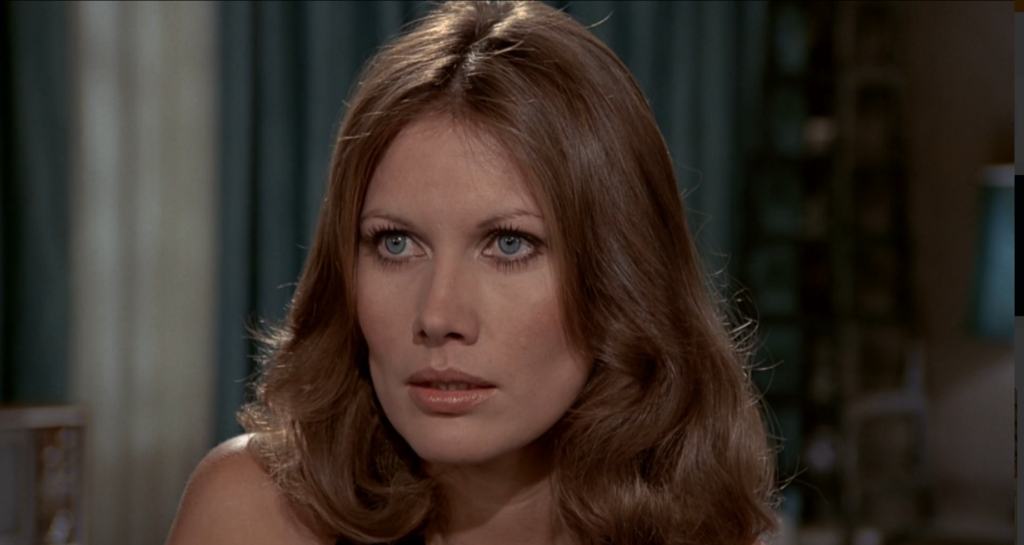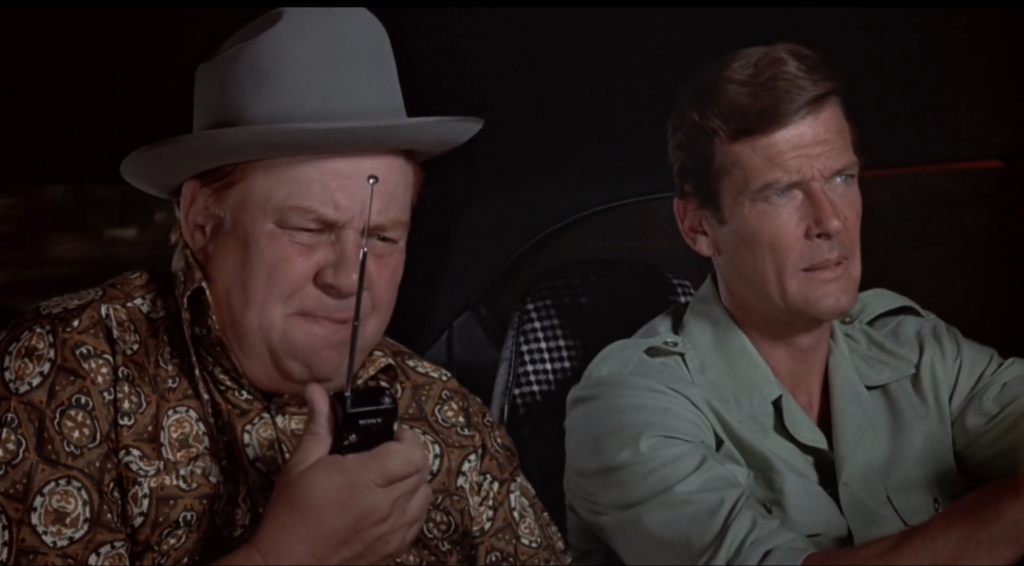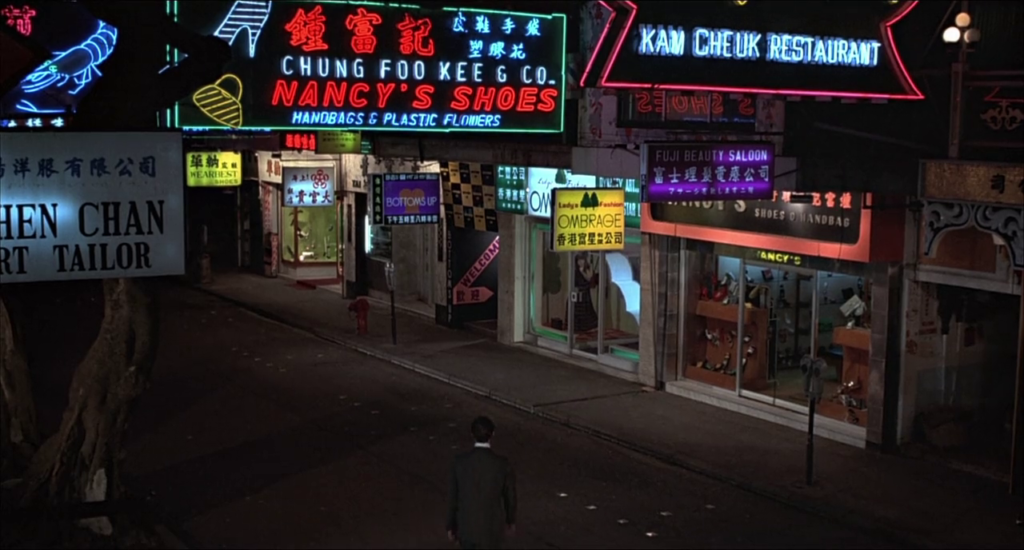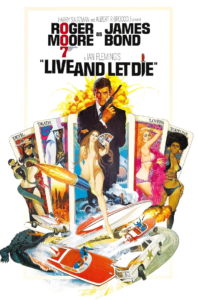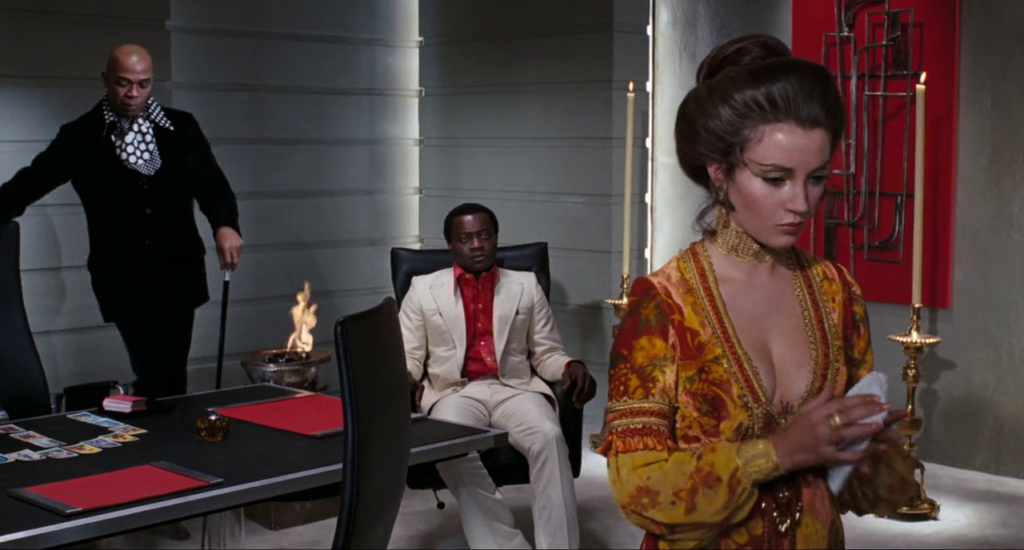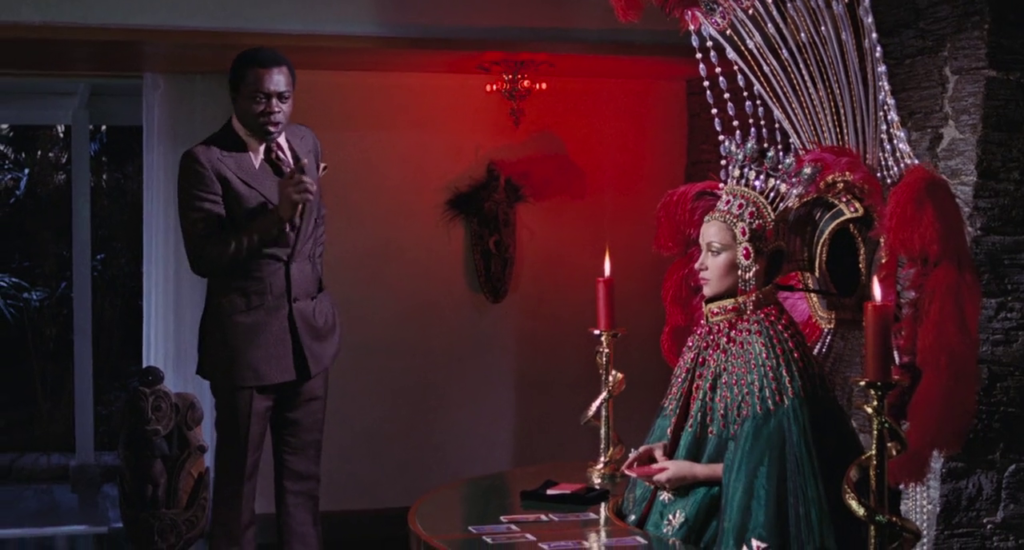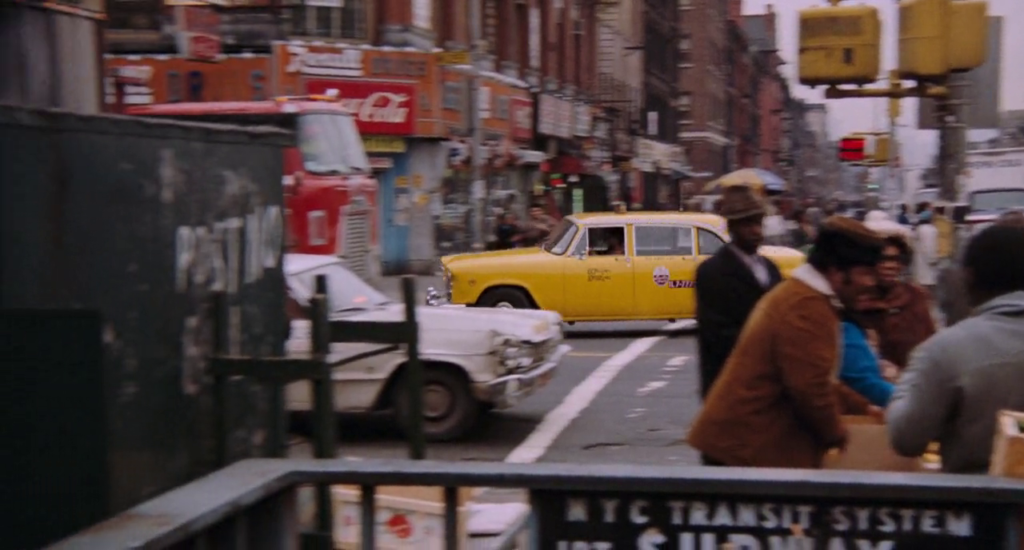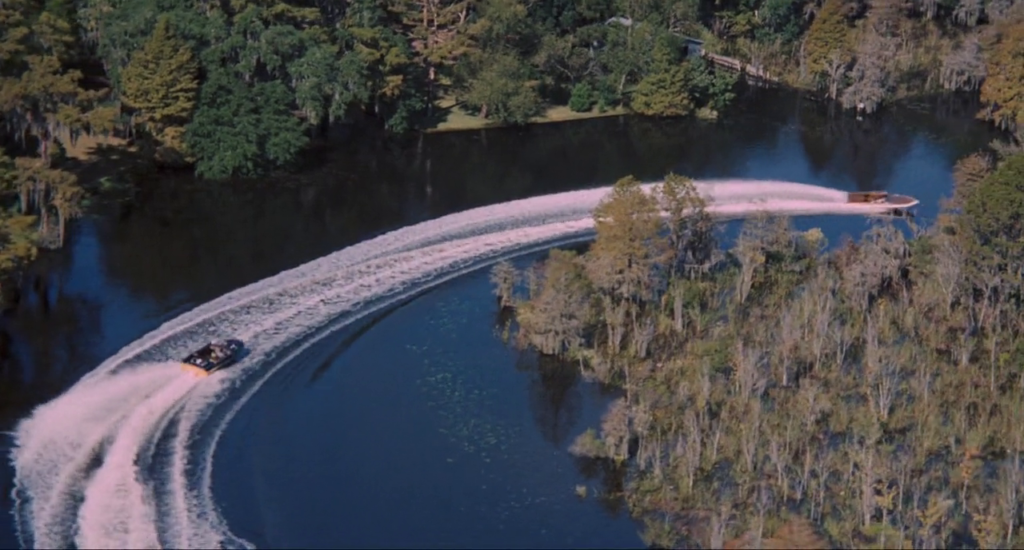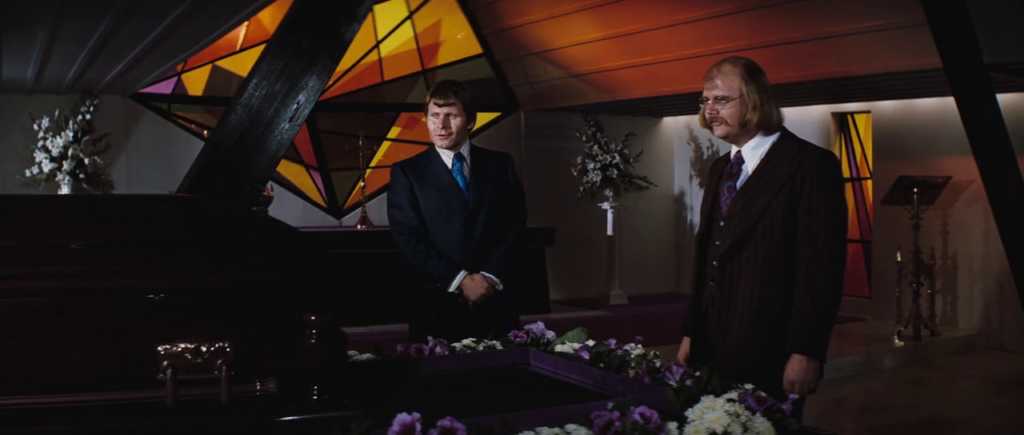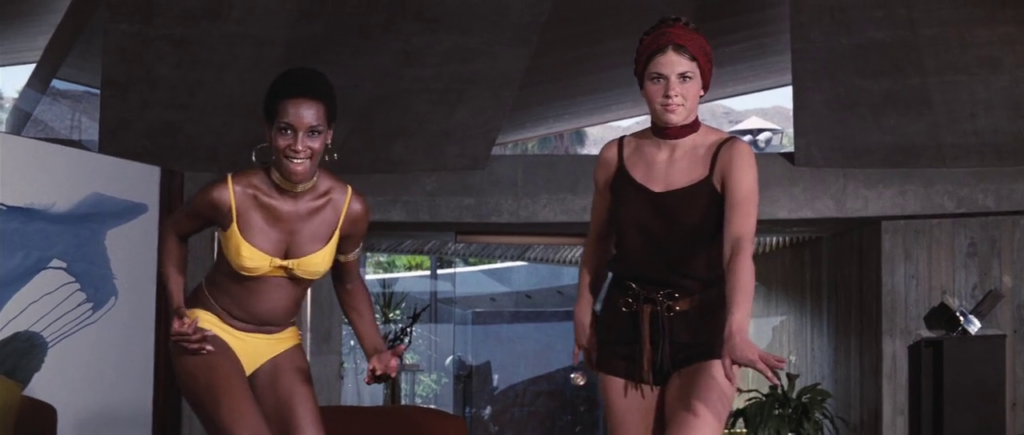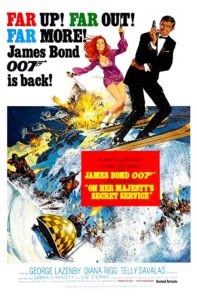|
Genres, Themes, Actors, and Directors:
- Diana Rigg Films
- James Bond Films
- Spies
- Telly Savalas Films
- World Domination
Response to Peary’s Review:
Peary argues that this “seventh James Bond film (discounting Casino Royale) might well be regarded as the best of the series if Sean Connery rather than the uncharismatic George Lazenby had played 007.”
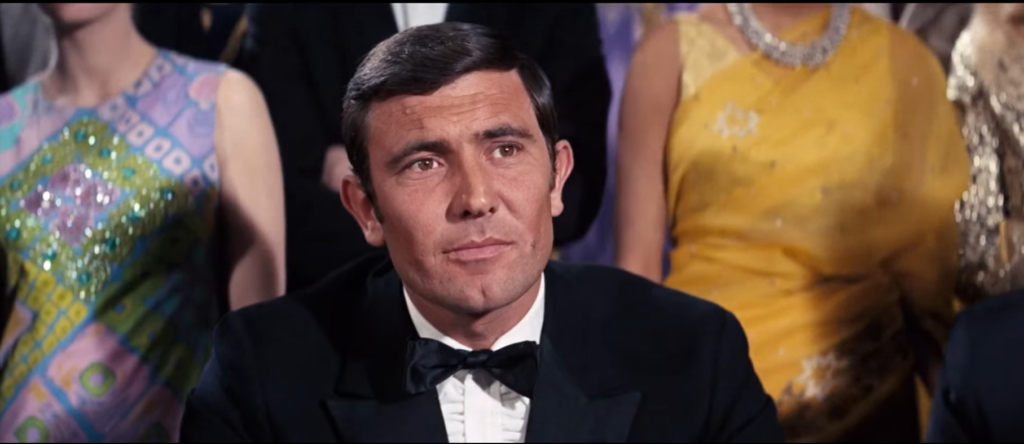
He notes that it’s “a throwback to the early Bond before self-parody had crept in and the gimmickry had become too important.” Importantly, “Lazenby’s Bond has human traits — he’s neurotic (he resigns from work when ‘M’ doesn’t seem to appreciate him); he falls in love and marries Spanish contessa Tracey (played by Diana Rigg, the classiest of the Bond girls); he’s vulnerable (we actually worry when a little fellow almost catches him opening his safe); [and] he’s no longer superconfident (after having spent two years unsuccessfully tracking Blofeld).” Peary writes that while the “picture is too long, and really bogs down when Rigg isn’t around,” it “holds up nicely, especially now that no one resents Lazenby anymore.”

Indeed, once one gets beyond the inevitable cognitive dissonance of seeing someone other than Connery embodying Bond (the opening title sequence nicely offers a recap reminder of previous episodes in the series), the film does become a reasonably interesting and well-made thriller, with fine location shooting (especially in Switzerland, including the rotating restaurant Piz Gloria):
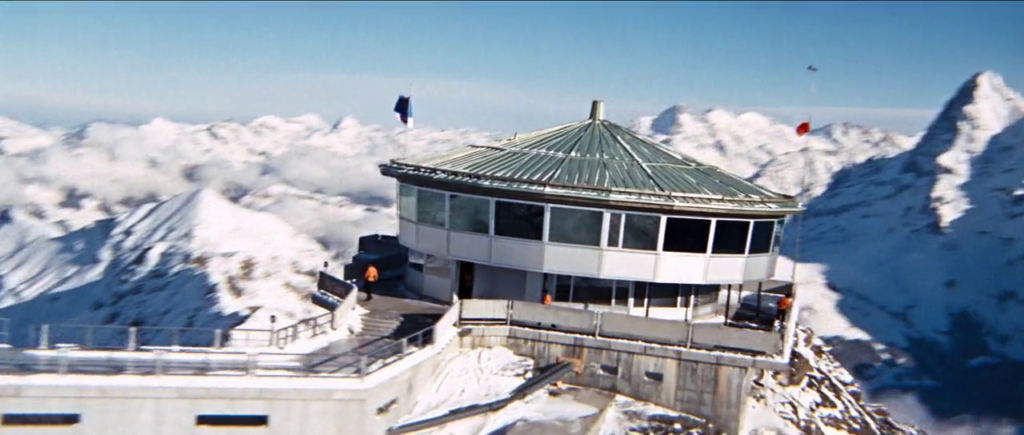
… an effective villain (Savalas is well-cast), and some very exciting sequences (particularly the ski chase through treacherous mountains). Rigg is a classy addition to the franchise, and her absence is forgiven once we see her re-appearing at such an opportune moment later in the film. Ultimately, Bond fans will likely find themselves enjoying this flick more than they expected; it’s recommended as a worthy entry.
Redeeming Qualities and Moments:
- Diana Rigg as Tracy
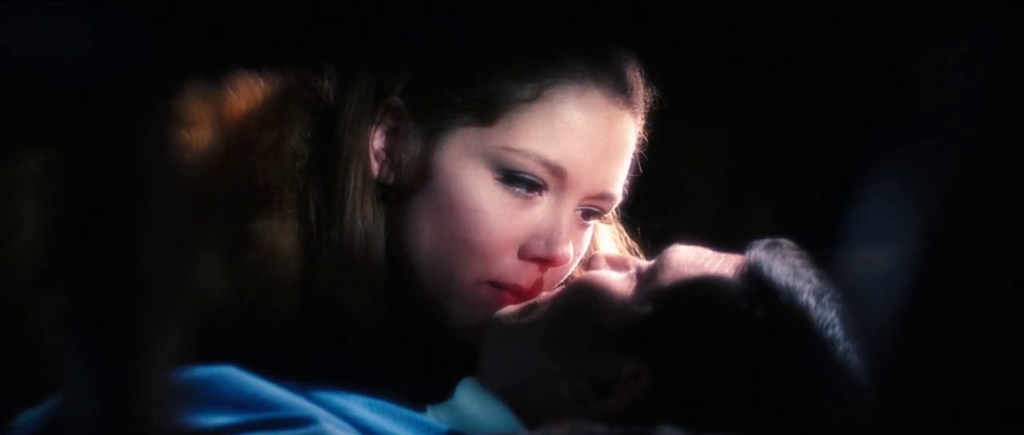
- Telly Savalas as Blofeld

- Fine cinematography and location shooting
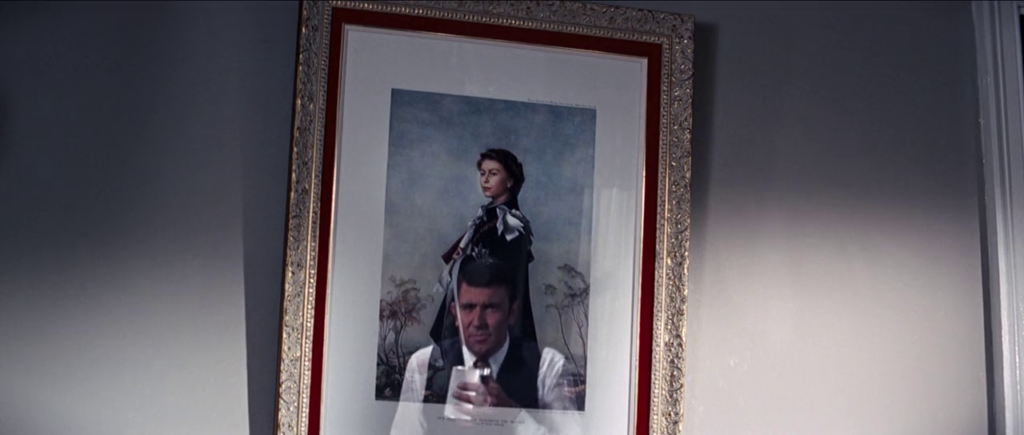

- Several exciting sequences
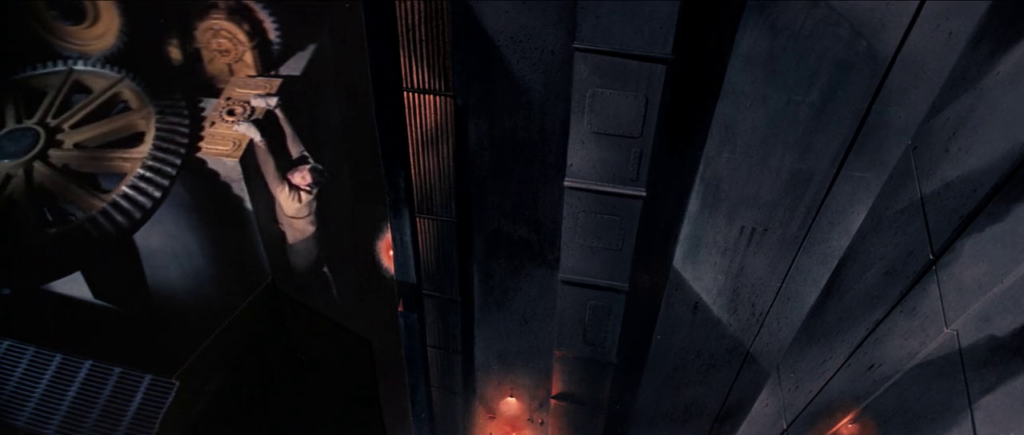
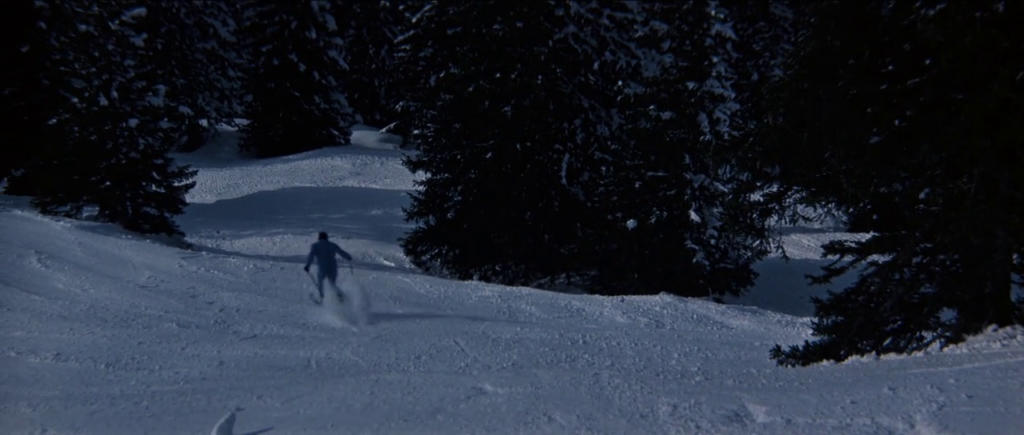
Must See?
Yes, once, as a cult favorite. Discussed at length in Peary’s Cult Movies 3 book.
Categories
Links:
|
